

Before Flexcavo became part of the Trackunit family in January this year, we’d watched from afar how it as an organization was taking significant action on sustainability and we liked what we saw. We too were very eager to dig beneath the belly of construction, commissioning a report that finally saw the light of day in 2021.
We went deep. While our interest was broadly speaking in sustainability, Are we building a greener future? covered the full gamut including certifications, emissions reporting and technology. Nearly 13,000 respondents in all types of construction roles was testament to the lengths we went and we were delighted that they pushed their way through nearly 50 questions. That alone told us that this was an issue that the global industry cared about and wanted to be proactive.
So, while the report is now two years old, I’m convinced that much of the findings we gleaned then, are relevant today.
Above all, we discovered that the will for change within construction is there. It’s easy to scoff and say that people are always full of good intentions, but there were specific lines of questioning in the study that gave us the confidence to say this is not greenwashing or a slight veneer to be torn down by the first gust of wind.
Let’s take certifications. The report showed almost one in every three construction businesses had already received certificates for sustainable practices while a significant proportion of those who hadn’t were interested. Certifications varied but by far the most popular was the ‘Environmental Management System – ISO 14001’. Others included the ‘Green House Gas Quantification – ISO 14064’ and the ‘Environmental Label and Declaration – ISO 14040’. The ISO 14001 is of particular interest here because of the ‘plan’, do’, ‘check’ and ‘act’ four-step process. In other words it was measurable and assessable.
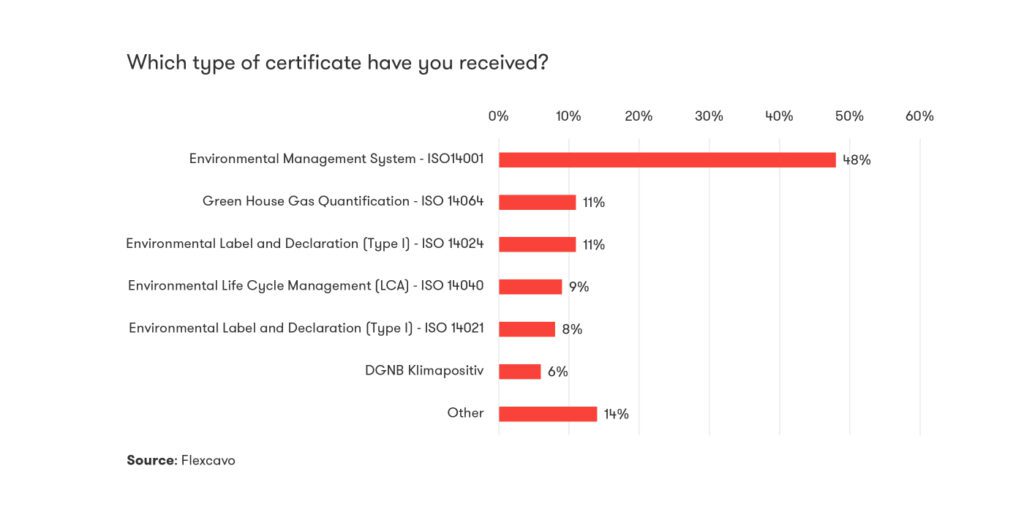
Just as important was the finding that 14% of those companies who had no certification were planning to apply for a certificate within the following 12 months and a further 40% put themselves in the ‘maybe’ camp. Larger firms were more likely to push ahead, indicative perhaps of more budget, with 63% of those with annual revenues of more than €100 million actively seeking or at least considering certifications. Even at the low end of the spectrum for companies with annual revenues of less than €500,000, 46% had it on their agenda.
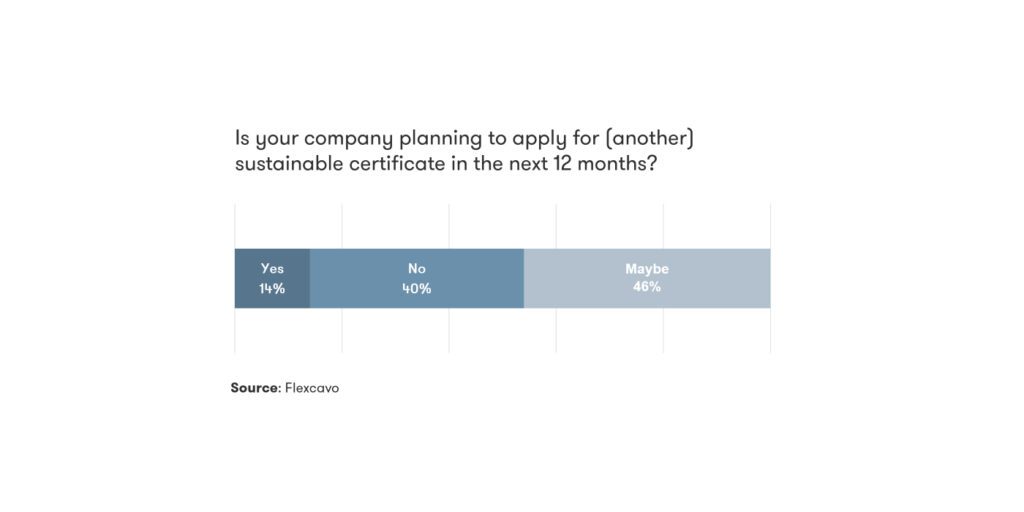
That begs the question then as to whether they followed through on those intentions in the interim. Sustainability is after all not a quick buck strategy. It’s an investment that might only yield dividends five years down the line.
Now, unless you’ve had your head in the sand, you’ll know this report would have come out at the height of COVID-19 which continued to reverberate well into the second half of 2022 as well as a war on the European continent contributing to a rather precarious macro environment. Inevitably, that has led to a relative scarcity of capital in the last 12-18 months as investors rein in their horns.
Common sense would then suggest that a significant proportion might have shelved plans to push on with certifications, but we can’t be sure. And I’m actually cautiously optimistic that many still went ahead, regardless of that environment.
Why? Because when it came to motivation, reputational benefits were cited by respondents as the primary mover. That doesn’t change. And the debate is only moving one way. To be on the right side of the argument, a company has to balance the requirements of the three ‘Ps’ — planet, people and profit — and if you want to be part of the ecosystem, you need to be getting that right.
It can be community building and large scale education that shows genuine leadership on the people side. That then leads to the kind of policies that benefit the planet and position the business correctly. Once that foundation is established, you’re chances of winning the better, more tightly-regulated contracts and enjoying the subsequent profits are significantly enhanced.
So the certification process has become something of a check mark. An indication that the extra mile is a mile worth traveling underlining a commitment to the ecosystem.
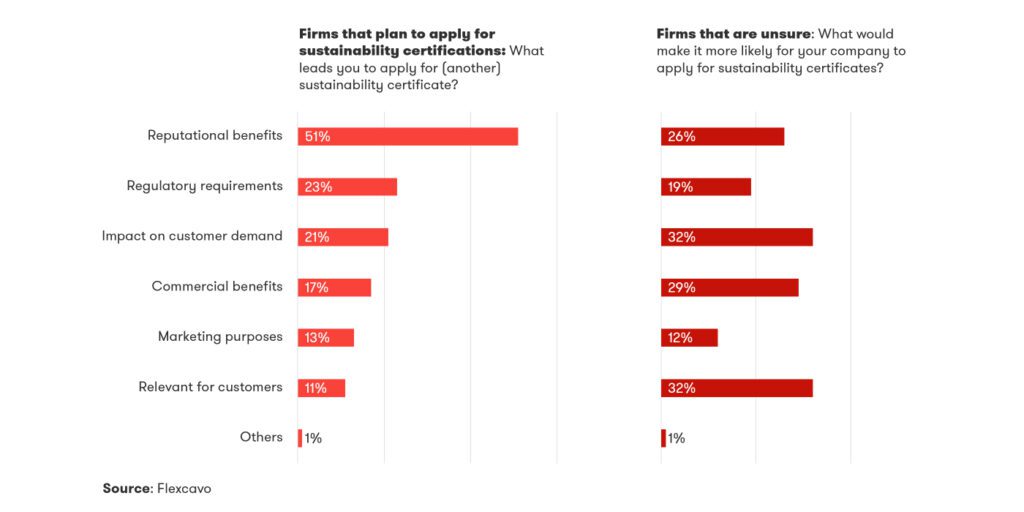
We see that elsewhere too in the responses which pinpointed the importance of regulatory requirements. Any one who follows the increasingly stricter regimes of the EU and the recent efforts California has made on emissions reporting will understand that.
And that was another area where we were, quite frankly, surprised. One in four construction companies stated they had already taken active steps to reduce their ecological footprint by offsetting their CO2 emissions. A further 58% were either going to or would at least consider actively compensating for CO2 emissions in the next five years (2021-26). Again reputational benefits scored heavily alongside commercial benefits and relevance for customers and if this was the case two years ago, you can be sure ever-deepening connectivity in the industry is only propelling that dynamic faster and further.
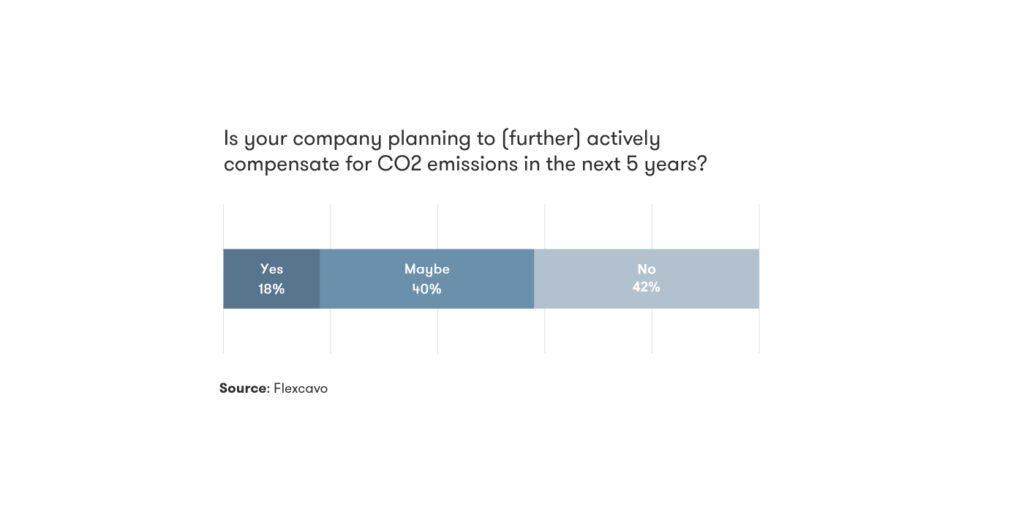
Let’s put this in context. Perhaps the most interesting thing about attitudes towards emissions reporting then is that companies had this perspective regardless of the fact that neither the technology nor the connectivity was really in place to make a significant impact then. Two years later, we’re quite possibly on the cusp of a major breakthrough.
The chatter in recent months on emissions reporting has grown ever louder and we within these four walls at Trackunit are only too aware of how this pipeline is developing and the arduous nature of the journey. The holy grail of course is standardization and in an industry as complex as construction, that is fiendishly difficult. But I am extremely encouraged by the degree of collaboration and innovation that is already on display and there is a customer demand for a solution too that is helping to drive this.
Certainly, businesses were extremely interested in software solutions. For example, 50% of companies with a sustainability strategy were utilizing software and more than 75% of those who didn’t have sustainability measures in place were either going to or were considering using software to accelerate their efforts in the coming years. Not surprisingly, large firms were more open to software solutions mirroring the results on certifications.
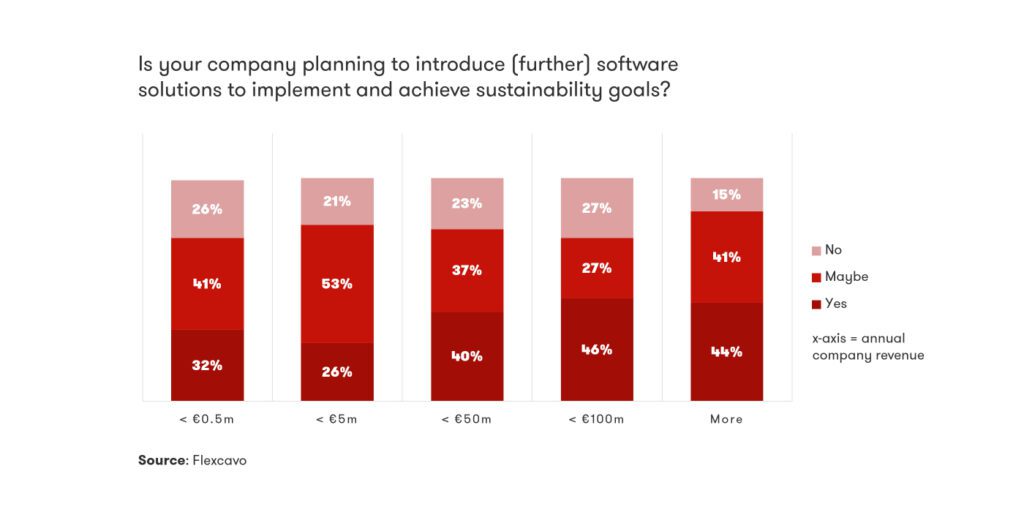
When you throw in the societal and regulatory pressure from an increasingly clued-up public alongside authorities pushing harder for tighter emissions criteria, then the critical pressure for adoption is becoming such that companies are seeking to get ahead of the curve.
Let’s not forget that we as an industry accounts for 38% of global emissions. That’s no cause for celebration, but if construction shifted the dial even 1%, it would be huge in absolute terms. It is such a huge chunk of the global emissions compared to other industries that if we move in the right direction, we might not actually shift all that much on a percentage scale, but on an absolute scale we’d be making a very big mark.
One final point here. We’ve talked at length about a report that took place two years ago. Returning to it with a new report will answer some of those questions that linger from two years ago. And I think it will almost certainly raise more. We’ll keep you posted.
Stay in the loop and receive three insightful reads on data, strategy and tech from people across the construction industry once a month. Sign up to the Inside Eliminate Downtime newsletter.
Download the ‘Are we building a greener future?’ report.
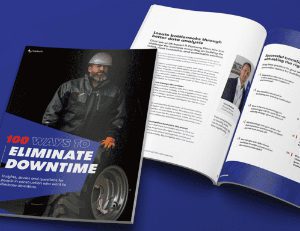
Never miss an insight. We’ll email you when new articles are published on this topic.
